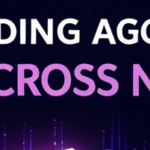I will talk about the best bridging protocols of Ethereum’s competitors in this article, paying special attention to the most popular and effective solutions for cross-chain transfers.
These protocols have numerous functionalities including, but not limited to, low transfer fees, quick transactions, and support of several blockchain networks which promotes interoperability and liquidity in the DeFi ecosystem.
Key Point & Top Bridging Protocols For Ethereum Alternatives
| Bridging Protocol | Key Point |
|---|---|
| Portal Token Bridge | Ultra-low transaction fees, supports 25 blockchain networks, including NFTs. |
| Across Protocol | Capital-efficient design, low transaction fees, supports 6 blockchains, and 9 cryptocurrencies. |
| Stargate Finance | One-transaction cross-chain swaps in native assets, supports 7 cryptocurrencies across 12 blockchain networks. |
| Orbiter Finance | Fast transfers for Ethereum-native assets, supports 19 blockchain networks including Ethereum, Dai, USD Coin, Tether USD. |
| Hop Protocol | Facilitates fast, seamless asset movement across sidechains, Layer 2 solutions, and Layer 1 blockchains. |
| Synapse Protocol | Simplified UI, supports a wide range of ERC-20 tokens and EVM-compatible blockchain networks. |
| Binance Bridge | Enables interoperability between ERC-20 and BEP-2/BEP-20 tokens, Ethereum and Binance Smart Chain transfers. |
| Celer cBridge | Supports multiple blockchain networks, low-cost, high-speed token transfers. |
| Arbitrum Bridge | Transfers between Ethereum and Arbitrum, high throughput, low fees, Layer 2 solution. |
| Polygon Bridge | Seamless transfers between Ethereum mainnet and Polygon, known for low fees and fast transactions. |
1. Portal Token Bridge
Bridging Protocols For Ethereum Alternatives Portal Token Bridge is a cross-chain bridge using the Wormhole Protocol that has low fees and supports the transfer of over 25 blockchains.
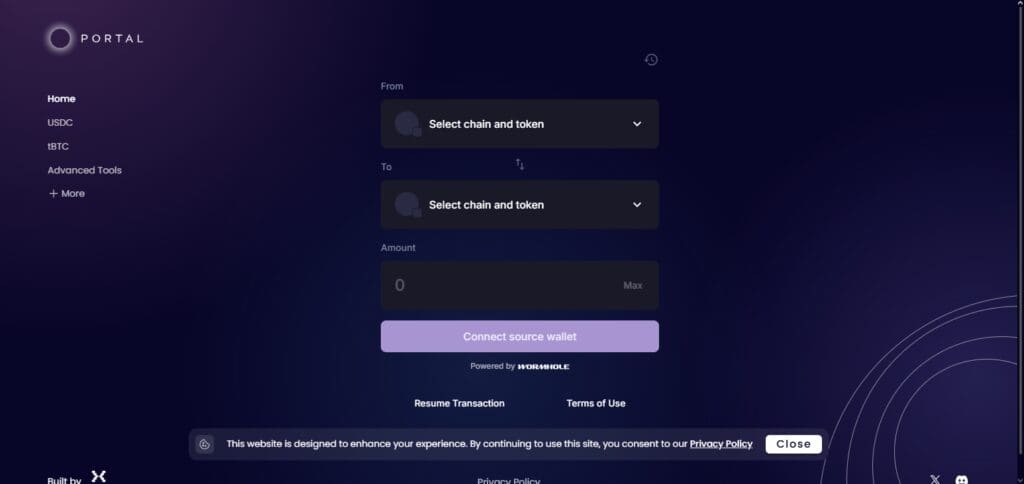
This makes it easy to transfer assets between different ecosystems. The inclusion of NFT support makes the bridge useful for digital collectors and token projects.
The ease in which users can transfer assets between different blockchains without incurring significant costs increases the value of the bridge in DeFi and digital asset markets.
Portal Token Bridge Features
– Extremely efficient due to it’s construction on the Wormhole Protocol.
– Transactions cost practically nothing.
– Supports 25 different blockchain networks including NFT blockchains.
– Supports seamless transfer of tokens between diverse ecosystems.
2.Across Protocol
The protocol enables cross-chain transfers that are capital-efficient with low fees and includes support for six blockchains and nine cryptocurrencies.
Bridging Protocols For Ethereum Alternatives is Across Protocol is suitable for users that want to transfer assets quickly and affordably.
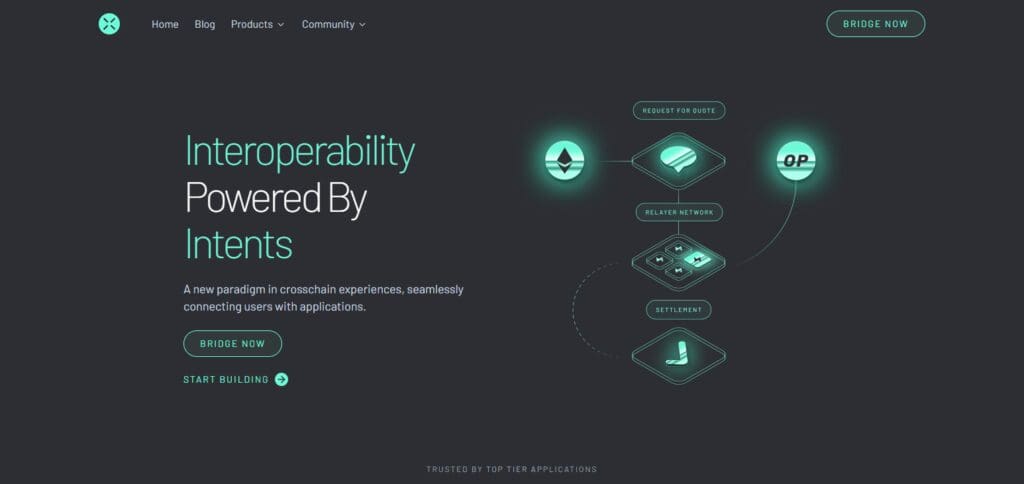
The focus on capital efficiency guarantees that users will save money by losing as little value as possible when bridging tokens.
Adding support for more blockchains and cryptocurrencies adds utility for more users, making the protocol appealing to more holders of digital assets in DeFi.
Across Protocol Features
– Has a capital inefficient design that reduces transfer distance.
– Ensures that transactions cost very little, thus making cross-chain transfers cheaper.
– Works with six blockchain networks and nine forms of cryptocurrency.
– For users looking for efficient and inexpensive transaction and transfer options.
3.Stargate Finance
Bridging Protocols For Ethereum Alternatives is Stargate Finance makes it possible for users to perform one-step multi-chain swaps in native currencies. Currently, STG users can conduct swaps in 7 cryptocurrencies over 12 blockchains.
This functionality allows users to move assets between chains with ease as there are fewer steps to intermediate.
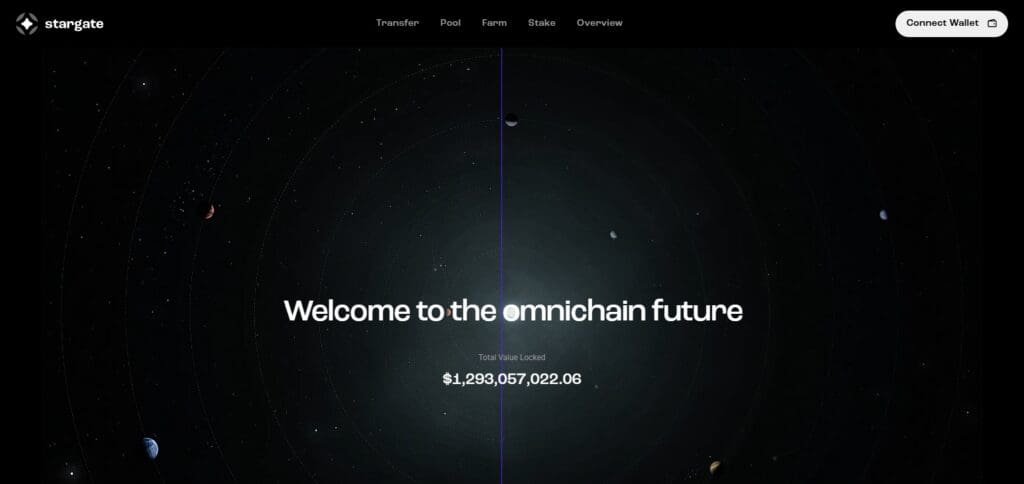
The design of Stargate is centered around the proper use of native assets during transactions which guarantees swift swaps and an enhanced overall experience.
Its broad coverage of cryptocurrencies and blockchain networks increases the overall utility of the Protocol in numerous DeFi applications while providing additional liquidity and flexibility to the users.
Stargate Finance Features
– Cross-chain swaps in native assets have been reduced to a single transaction.
– Works with seven cryptocurrencies and 12 blockchain networks.
– Eases the bridging by allowing swaps between assets directly.
– Facilitates and guarantees quick transfer of assets with high liquidity.
4.Orbiter Finance
Orbiter Finance allows fast and efficient transferring of Ethereum based assets across 19 blockchains including Ethereum, Dai, USD Coin, Tether USD and others.
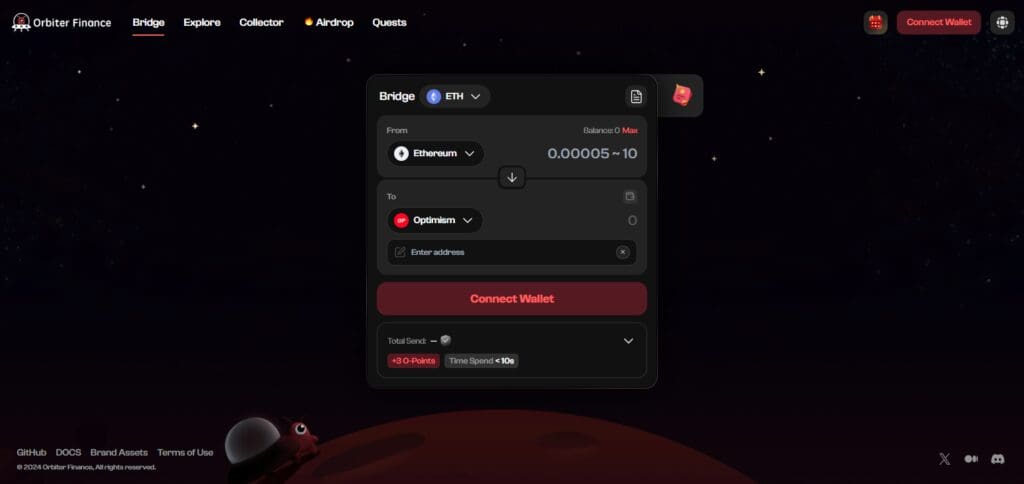
Orbiter focuses on fast transactions of Ethereum based tokens, so users don’t experience delays when transferring tokens between blockchains.
Because it supports so many blockchains, Orbiter enables users to broaden their portfolios and access more DeFi services without waiting, thus improving the cross-chain token transfer experience.
Orbiter Finance Features
– Allows fast transfer of native Ethereum assets.
– Works with 19 blockchain networks including Ethereum, Dai, USD Coin, and Tether USD.
– Transfers Ethereum based assets very rapidly across different chains.
– Guarantees almost no delays in the transfer of assets across different blockchains.
5.Hop Protocol
Bridging Protocols For Ethereum Alternatives With the Hop Protocol, sidetracks and Layer 1 and 2 blockchains can be crossed in an instant.
The protocol’s three crude functions allow bridging across five blockchains and six cryptocurrencies with effortless ease.
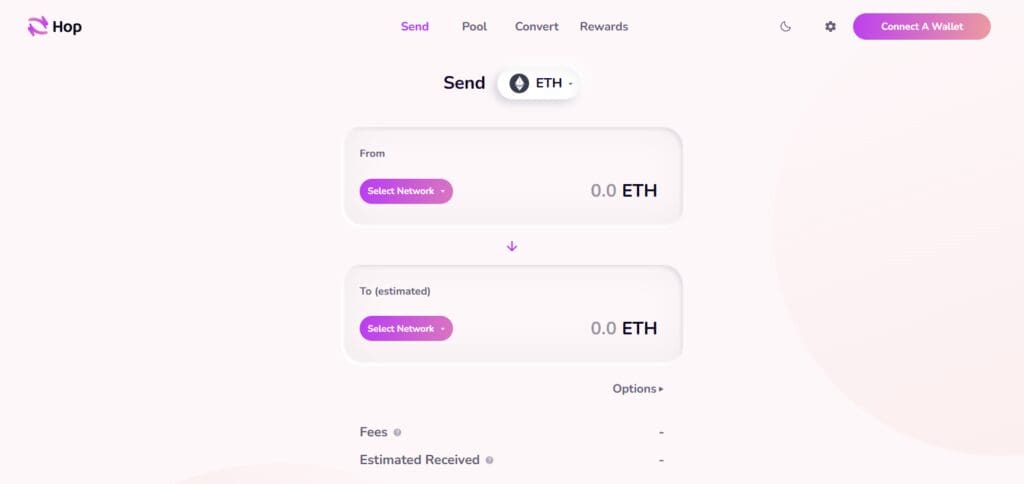
For users who need crass speed in cross-chain transfers, Hop guarantees rapid transactions.
The low latency transfer need of decentralized finance users is facilitated by the supporting diverse ecosystems such as Ethereum. The multi-blockchain layer support ensures Hop’s value across multiple domains.
Hop Protocol Features
– Enables quick and easy transfer of assets across layer 2, superchains and layer 1 blockchains.
– Works with five blockchain networks and six types of cryptocurrency.
– Built for speed and quick transfer of data.
– Allows for interoperability across several blockchain layers
6.Synapse Protocol
When paired with ERC-20 tokens, Synapse becomes a trusted protocol for asset swap between multiple decentralized platforms.
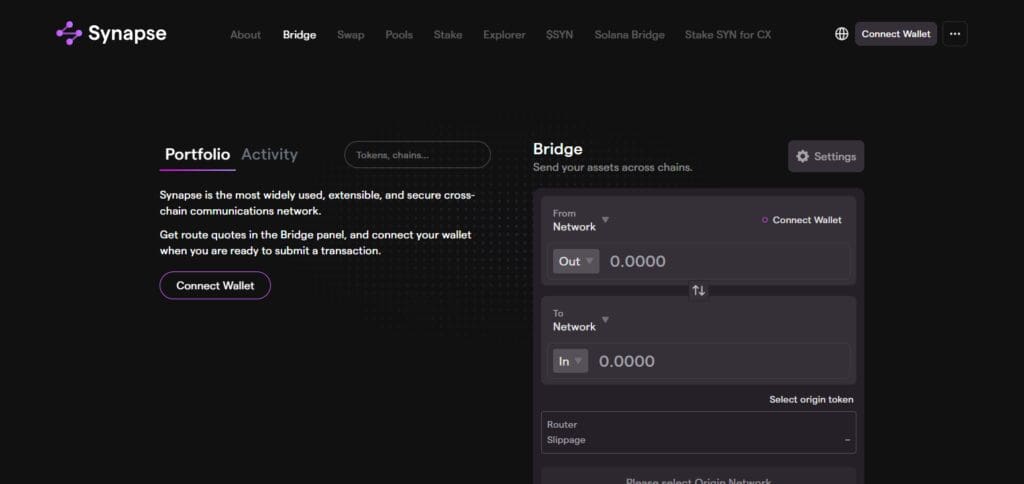
Users who lack great technical knowledge can also operate due to the seamless interface capable of performing multiple chains at once.
The user-friendly design and crassibilty with ERC token makes Synapse a useful tool for experienced users while simplifying multi-chain navigation for fresh users.
Synapse Protocol Features
– Interface designed to enable users perform cross-chain transactions with ease.
– Can operate on multiple EVM capable blockchains and support various ERC-20 tokens.
– Multichain trusted bridge with reliable compatibility.
– Greater support from the ecosystem results in improved user experience.
7. Binance Bridge
Bridging Protocols For Ethereum Alternatives With Binance Bridge, users can transfer the assets freely by linking Ethereum and Binance Smart Chain (BSC) connections.
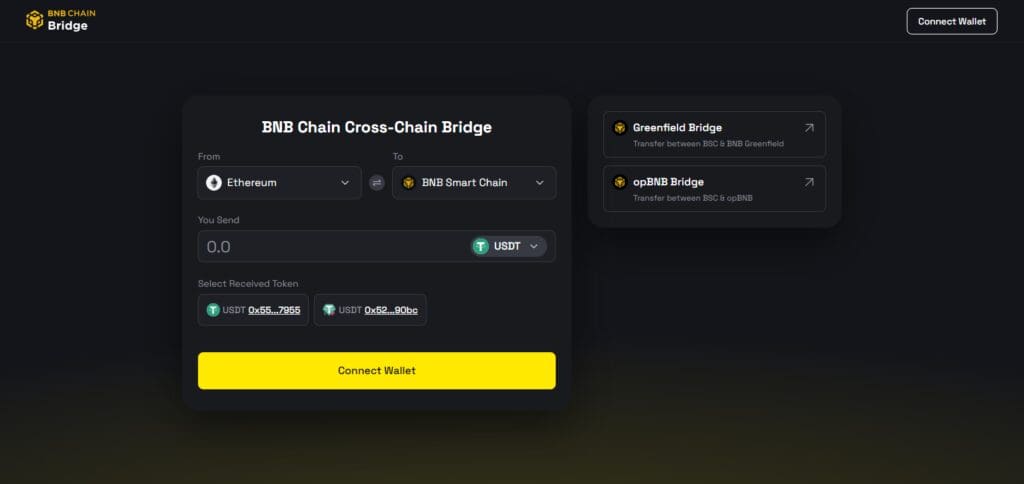
The transfer of ERC-20 tokens to BEP-2 or BEP-20 tokens becomes easier, thus enhancing the liquidity and movement of cross-chain assets.
This is particularly handy for users working in the DeFi space across these two chains, since they do not have to maintain separate wallets or take other intermediary measures to make the token transfer economical and efficient.
Binance Bridge Features
– Connection between ERC-20 and BEP-2/BEP-20 tokens.
– Supports transfer of Ethereum based tokens to Binance Smart Chain and vice versa.
– Aid in providing liquidity and movement of assets across different chains.
– Best suited for transitioning users from Ethereum based tokens to BSC.
8. Celer cBridge
Token transfer via the Celer network can be simple, quick and secure through Celer’s cBridge, which allows multiple blockchain cross connections without much protocol restrictions.

With lowered fees, users can now make transfers between different blockchain ecosystems quickly and easily.
By expanding the ability to bridge tokens quickly and at a low cost, Celer cBridge improves user propositions for the DeFi mess and other multi-development blockchains projects.
Celer cBridge Features
– Support for transfer of tokens across different blockchains.
– Cost effective and fast bridging service.
– Low fees and fast transactions improves user experience.
– Popular in DeFi services for transferring tokens and currencies.
9. Arbitrum Bridge
Bridging Protocols For Ethereum Alternatives is Arbitrum Bridge is a valuable asset transfer bridge between Ethereum and Layer 2 Arbitrum, one of the fastest and lowest cost Ethereum-compatible ecosystems.
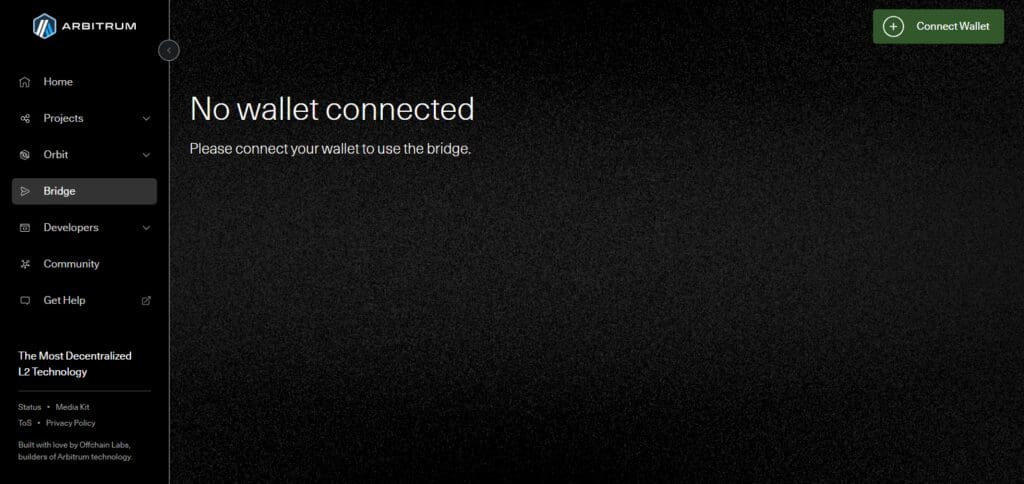
This bridge facilitates Ethereum users in optimizing their transactions via Arbitrum’s scalability features.
For those looking to utilize Ethereum’s assets in a cost-efficient manner, especially in DeFi applications that involve large amounts of capital, lower fees and faster transaction speeds make Arbitrum Bridge a critical tool.
Arbitrum Bridge Features
– Move of assets from Ethereum to Arbitrum and vice versa.
– More transactions processed simultaneously at cheaper costs.
– Dedesigned for Ethereum transactions with low spending.
– Great for users wanting more transactions per dollar spent.
10. Polygon Bridge
Users can transfer assets seamlessly from the Ethereum mainnet to the Polygon network, and vice versa, using the Polygon Bridge which is known for its low fees and lightning-fast transaction speeds.
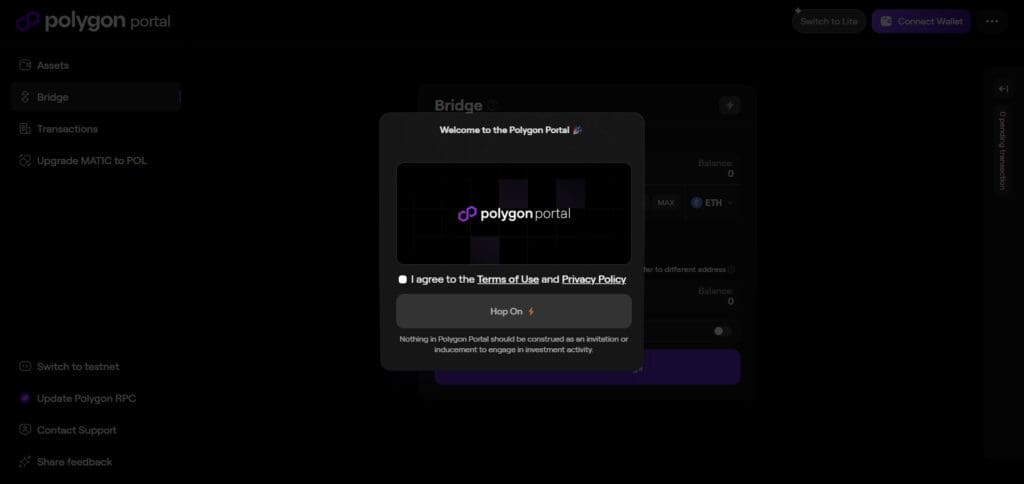
The Polygon network is an Ethereum-compatible Layer 2 blockchain that helps with gasless and faster processing of smart contracts.
The Polygon Bridge is ideal for those wishing to maintain funds on Ethereum for security purposes as it offers an efficient way to manage resources on Polygon and is known as cost-effective and speedy for DeFi users.
Polygon Bridge Features
– Facilitates seamless transfers between the Ethereum mainnet and Polygon network.
– Known for low fees and fast transaction times.
– Enhances Ethereum’s scalability with Polygon’s Layer 2 scaling solution.
– Offers an efficient way for users to benefit from both Ethereum security and Polygon’s speed and cost advantages.
Conclusion
Ultimately, the best bridging protocols for Ethereum competitor’s provide highly relevant responses to the problems of cross-chain interoperability, allowing users to transfer value between multiple blockchains easily and cheaply.
Each protocol offers its own set of benefits from low and fast transactions to wide support of different ecosystems and cryptocurrencies.
For capital efficiency there is Across Protocol, for seamless native asset swaps Stargate Finance, and for quick transfers of Ethereum-native assets there’s Orbiter Finance.
All these protocols meet different users’ needs. These bridges allow users to operate in the emerging multi-chain environment and enhance liquidity and scalability for DeFi and other applications.







